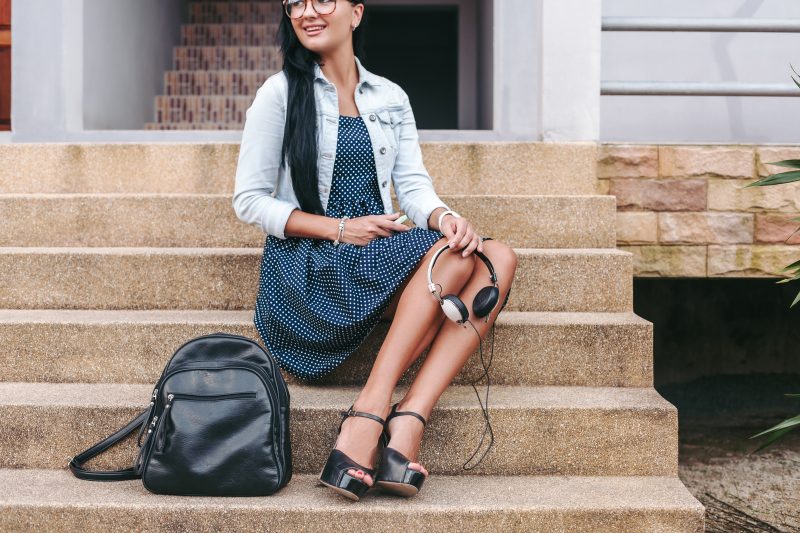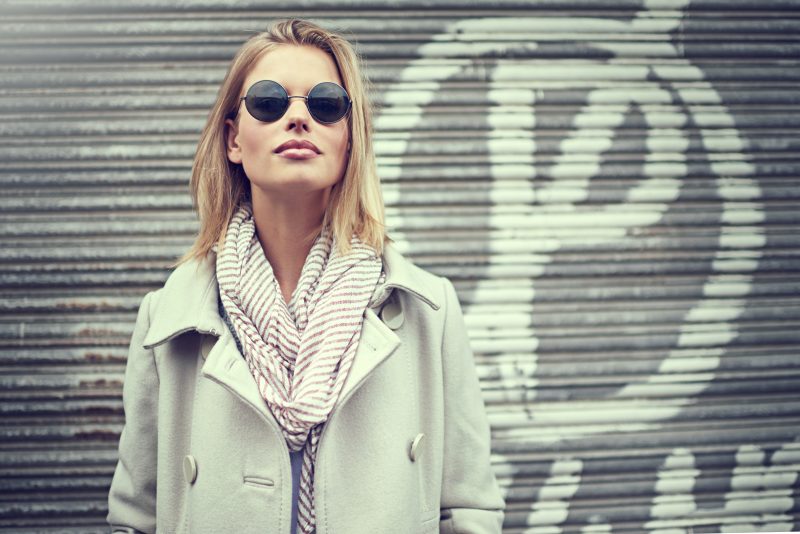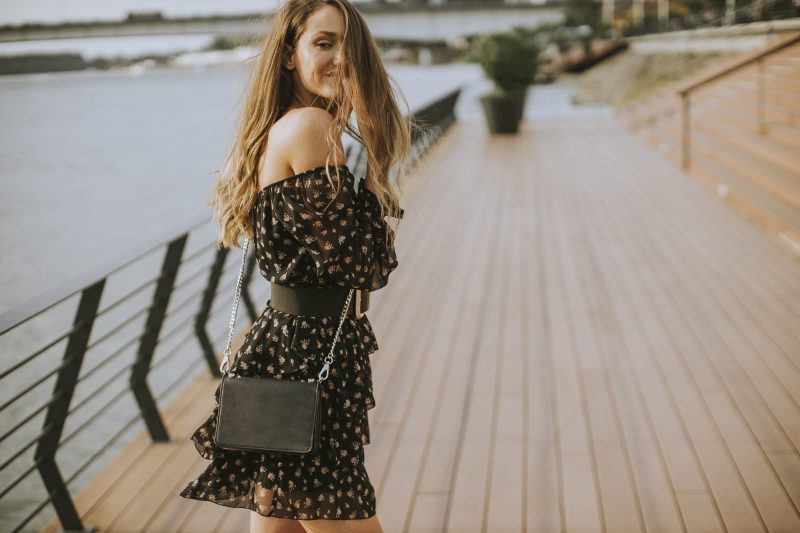“I think I’m losing my mind,” I texted my friend Emma at 1:37 AM on a Tuesday. “I’ve just watched seventeen videos of people getting dressed by throwing all their clothes on the floor and rolling around in them.”
She responded immediately, which says something about both our sleep habits and our relationship. “The outfit pile method? Yeah, I tried it. Ended up wearing two different socks and a top that still had a security tag on it. 10/10 would not recommend.”
If you’ve somehow managed to avoid this particular corner of TikTok, allow me to introduce you to what might be the most chaotic dressing technique to ever go viral: “The Outfit Pile” or sometimes called “The Throw Down Method.” The concept is both absurdly simple and simply absurd. Instead of methodically selecting garments from your closet, you pull out everything that catches your eye—and I mean everything—and throw it on the floor in a giant heap. Then you start trying pieces together, often literally rolling around in the pile like a fashion-obsessed bear scratching its back against a tree, until an outfit somehow emerges from the chaos.
The videos follow a predictable format: a bright-eyed Gen-Zer stands before their closet, dramatically yanking out random items while a peppy soundtrack plays. “I’m feeling very [insert hyper-specific aesthetic] today,” they’ll declare, before creating what can only be described as a textile crime scene on their bedroom floor. What follows is a chaotic montage of them throwing different combinations on their body, often layering in ways that defy both convention and sometimes physics, before finally emerging in an outfit that’s either surprisingly cohesive or bewilderingly complex, depending on your personal style threshold.
The first time I saw this method, I was equal parts horrified and fascinated, like witnessing a particularly creative car accident. As someone who was raised by a mother who believed wrinkles in clothing were a moral failing and who spent her formative fashion years in the minimalist, precisely curated era of The Row and Phoebe Philo’s Céline, watching someone deliberately create clothing chaos felt transgressive. The editor in me wanted to reach through the screen and hang everything up immediately.
The fashion lover in me was intrigued by the pure unbridled creativity of it all.
“It’s giving toddler energy,” my colleague Marcus said when I showed him a particularly chaotic pile video featuring someone combining what appeared to be a prom dress with combat boots and their grandmother’s sweater. “But I don’t hate the final look?”
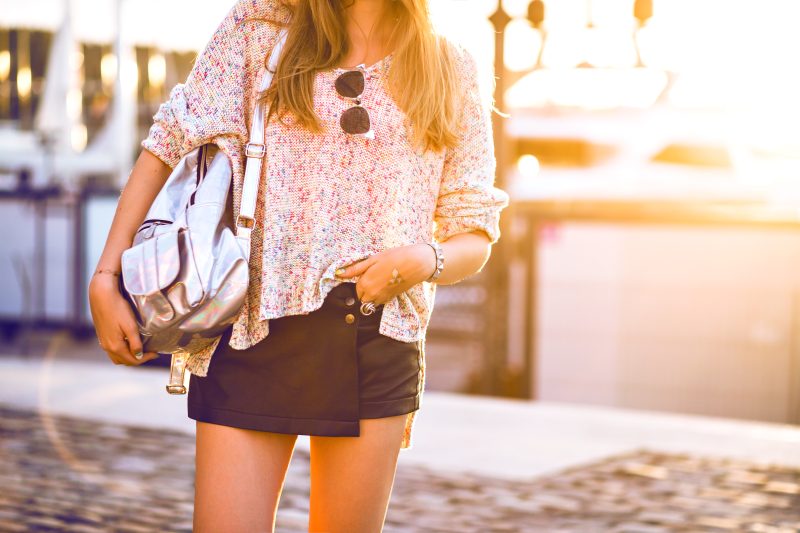
After watching roughly thirty of these videos in a single night (journalism requires sacrifice), I became obsessed with understanding the psychology behind this seemingly regression to childhood dressing habits. Was this just TikTok nonsense designed for engagement, or was there something deeper happening? To find out, I decided to consult an expert—and then try the method myself, against my better judgment and respect for textiles.
Dr. Amara Liu, a cultural psychologist who studies digital trends, offered some perspective when I called her. “This method is actually a fascinating rejection of the hyper-curation that’s dominated fashion for the past decade,” she explained. “Think about how we’ve been told to dress—capsule wardrobes, Marie Kondo minimalism, algorithmic recommendations. Everything’s been about reduction and control. This pile method is an anarchic response to that—it’s deliberately messy and intuitive rather than planned and restricted.”
She also pointed out the performative aspect: “Traditional getting dressed is private. This makes it public and theatrical. It’s not just about the final outfit but showcasing the creative process, which has traditionally been hidden.”
This made sense, but I still couldn’t reconcile the practical issues. “But what about the wrinkles?” I asked, unable to keep the distress from my voice. “And doesn’t this damage the clothes?”
Dr. Liu laughed. “That concern is generational. Younger consumers often have clothing that’s more disposable or already secondhand. The precious relationship to garments isn’t the same.”
She had a point. My own relationship with clothing has been shaped by fashion industry norms about proper garment care and a career that taught me to respect design. I was raised to hang things properly, fold sweaters to prevent shoulder bumps, and treat silk like it might dissolve if you breathe on it wrong. The idea of deliberately throwing everything into a pile felt like fashion sacrilege.
But in the name of thorough reporting, I decided to try it myself. On a rare day working from home (with no Zoom meetings scheduled, thankfully), I stood before my carefully organized closet and took a deep breath. “This is for research,” I whispered to my clothes, as if they could hear me apologizing before the betrayal.
I started pulling items out—a silk blouse here, vintage Levi’s there, that sweater I always mean to wear but never do, the skirt that makes me feel like a Parisian exchange student, the blazer I spent half a month’s rent on. As the pile grew on my formerly pristine bedroom floor, I felt a strange mixture of anxiety and unexpected exhilaration. There was something undeniably freeing about creating this deliberate chaos.
When I couldn’t reasonably add more to the pile without risking an actual avalanche, I began the process of trying combinations. The TikToks make this look effortless—people gracefully diving into their piles and emerging like fashionable butterflies. The reality was far less elegant. I kept losing items in the heap, accidentally stepping on delicate pieces, and creating static electricity that made my hair stand up dramatically. My cat, deeply confused by this new game, decided to “help” by pouncing on anything that moved, including my hand.
But somewhere amid the chaos, something unexpected happened. Without my usual methodical approach to outfit building (which typically involves considering weather, occasion, and what I wore earlier that week to avoid repeating items too soon), I found myself making combinations I’d never have deliberately created. That vintage band tee with my silk midi skirt? Would never have considered it, but actually loved it. The oversized blazer over the sundress I usually save for weekends? Surprisingly workable for a casual office day.
The pile had eliminated my usual fashion autopilot. Without the context of where items were stored (work clothes here, weekend clothes there, fancy things way in the back), everything became just… clothes. Options. Possibilities. The artificial categories I’d created in my closet organization scheme had been limiting my creativity without me realizing it.
After about twenty minutes of what could only be described as “adult dress-up with occasional swearing,” I settled on an outfit: wide-leg vintage jeans I normally save for weekends, paired with a structured silk blouse I typically consider “office wear,” layered under a cropped sweater I’d forgotten I owned, with loafers instead of my usual boots with this combination. I added jewelry I typically save for “special occasions” just because it was there in the pile, taunting me with its unnecessary fanciness for a Tuesday.
I documented the final look and sent it to Emma. “Okay this actually worked?” she replied. “You look like a cool ceramics teacher who used to work in fashion but left to pursue their true passion.”
This was, oddly, exactly the vibe I didn’t know I wanted.
When I shared my experiment with Marcus at work the next day (wearing a different, normally assembled outfit because I do have some professional standards), he wasn’t surprised it had yielded good results. “Creative constraints are real,” he said. “When you have too many options presented in too organized a way, it’s actually harder to see new combinations. The pile forces randomness, which can spark creativity.”
To test this theory more broadly, I convinced five friends of varying fashion comfort levels to try the pile method and report back. The results were illuminating:
Tyler, who works in finance and has the most straightforward wardrobe of anyone I know, found it “pointlessly time-consuming” and ended up in essentially the same outfit he’d have chosen anyway: chinos and a button-down, just wrinklier.
Zach, my roommate who’s always been more adventurous with fashion, created what he called “my best outfit of 2023″ combining a vintage women’s blazer he’d thrifted but never worn with otherwise simple pieces in unexpected color combinations.
Lisa, a minimalist whose entire wardrobe is black, white, and beige, surprised herself by adding a bright scarf she’d received as a gift but never worn—”I forgot I even had it, but it was there in the pile staring at me.”
Alicia, who works in beauty marketing and already has a maximalist approach to fashion, found that even she made new discoveries: “I realized I’ve been styling the same pieces in the same ways for months. The pile forced me out of my rut.”
Mei, my most practical friend who has two young kids and usually dresses for utility, found the whole process “absurdly indulgent” time-wise but admitted she “felt more like myself in what I wore” afterward.
The consensus seemed to be that the pile method worked best for people who: 1) already owned a diverse wardrobe with some variety to play with, 2) had enough time in the morning to engage in what is essentially a solo game of fashion Twister, and 3) didn’t mind a few extra wrinkles or the occasional raised eyebrow from roommates or partners.
As the videos continue to proliferate across TikTok and now Instagram, the technique has evolved. Some users create themed piles based on color stories or occasions. Others have developed mini-games within the method, like “eyes closed grabbing” or “roommate selects the pile.” There are couples versions, where partners create piles for each other, and even professional styling sessions using the technique with clients.
Fashion psychologist Dr. Carolyn Mair sees this evolution as natural: “Once a behavior becomes normalized, people need to add novelty to maintain interest. The basic pile method proved effective for some, so now they’re adding complexity to keep it engaging for viewers.”
What fascinates me most about this trend is how it reflects broader shifts in how we approach personal style. After years of algorithm-driven recommendations, capsule wardrobe minimalism, and influencer-approved “correct” ways to dress, there seems to be a collective hunger for something more intuitive and playful—even if that playfulness involves treating your clothes like a leaf pile in autumn.
“It’s part of a return to dressing for joy rather than optimization,” suggests Dr. Liu. “Fast fashion algorithms and social media have made style so calculated that there’s an authenticity to this deliberately chaotic approach.”
Of course, the irony isn’t lost on me that a method supposedly freeing people from prescriptive dressing approaches has itself become prescriptive—complete with its own rules, expectations, and now, a dedicated hashtag with over 300 million views. What starts as rebellion often becomes convention, especially at the accelerated pace of TikTok trends.
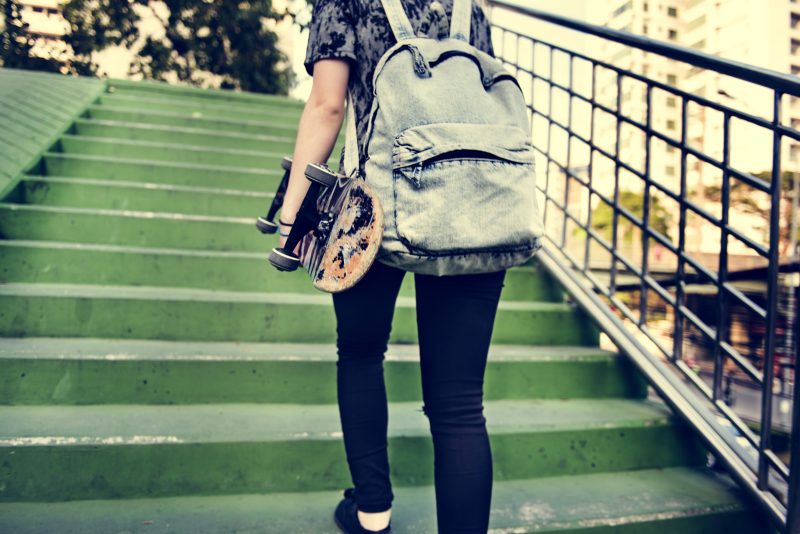
There’s also the privilege inherent in the method. Having enough clothes to create a substantial pile, enough space to spread them out, and enough time to engage in this process is not universal. Many people get dressed in shared spaces, have limited wardrobes by necessity rather than choice, or simply don’t have time for fashion experimentation between multiple jobs or caregiving responsibilities.
Still, there’s something valuable about questioning our established habits, especially in an area as personal yet convention-bound as getting dressed.
If throwing your clothes on the floor sparks joy and creativity for you, maybe that’s worth a few wrinkles.
As for me, I’ve incorporated a modified version into my routine for days when I’m feeling particularly uninspired. Instead of the full floor chaos, I’ll select 8-10 pieces that I haven’t worn recently and lay them on my bed, forcing myself to create an outfit using at least three of them. It’s pile-adjacent—chaos-lite, if you will—and it’s helped me rediscover pieces I’d forgotten and combinations I’d never considered.
I’ve also discovered that my long-standing habit of organizing clothes by category rather than color or vibe was limiting my creativity. Seeing that silk blouse next to that casual tee sparked a combination I’d never have pulled together from their separate sections of my closet. I’ve since reorganized with more intuitive groupings based on how items make me feel rather than their technical category.
The pile method probably won’t revolutionize getting dressed for most people. It’s impractical for daily use, potentially damaging to delicate fabrics, and requires both space and time that many don’t have. But as an occasional creative exercise—and yes, as entertaining TikTok content—it offers a valuable reminder that sometimes the most interesting style moments happen when we deliberately disrupt our own patterns.
Just maybe put your most delicate silk pieces and anything that needs ironing off to the side first. Some fashion rules exist for a reason, even if that reason is avoiding the judgmental stare of your steamer the next morning.
